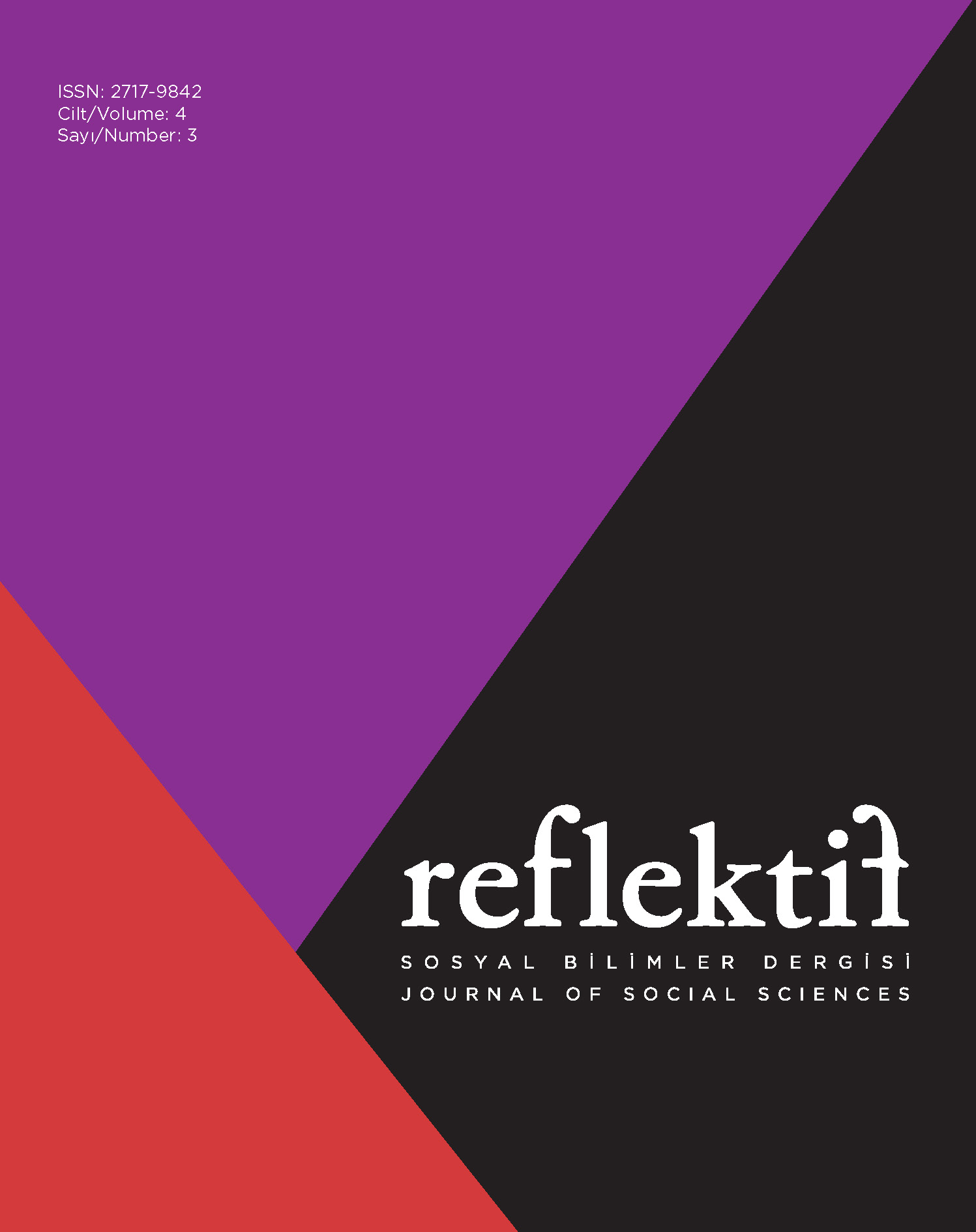How the Censorship Mechanism Works in the Arts: State of Emergency and its Aftermath
DOI:
https://doi.org/10.47613/reflektif.2023.129Keywords:
censorship, artistic freedom of expression, chilling effectAbstract
Turkey has seen a serious backslide in human rights in the last 20 years where the government has become increasingly authoritarian and has used any tool at its disposal as a means of oppression. Artistic freedom of expression is undoubtedly one of the areas that have been affected. This piece focuses on the functioning of the government’s censorship mechanism in the arts based on the data collected by Speak Up Platform (Susma Platformu) through its monitoring activities about censorship and self-censorship in the field of arts and culture since 2016. This article, where the State of Emergency period is a starting point, tries to reveal how the censorship mechanism is established, how it operates and is made permanent through the legislature, executive, judiciary and “non-state actors”.
Downloads
Published
How to Cite
Issue
Section
License
Copyright (c) 2023 Alara Sert, Nur Tüysüz

This work is licensed under a Creative Commons Attribution-ShareAlike 4.0 International License.
All manuscripts which are submitted to the REFLEKTIF Journal of Social Sciences should not be published, accepted and submitted for publication elsewhere.
In case an article is accepted for publication it is allowed to combine the article with other researches, to conduct a new research on the article or to make different arrangements on condition that the same license is used including the commercial purpose.
As an author of an article published in REFLEKTIF Journal of Social Sciences you retain the copyright of your article and you are free to reproduce and disseminate your work.




